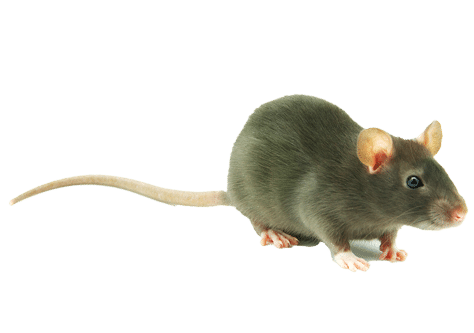
Frozen Mice
- Well-preserved
- Fast-shipped to avoid defrosting
- Ideal for snakes and large carnivores
Pet Snakes
Small mice are often fed as a dietary supplement to our favorite reptile, the bearded dragon. But our legless friends have an even greater appetite for these nutritious rodents. In actuality, snakes, and bearded dragons, are some of the easiest pets to keep and care for, with the proper knowledge.
All snakes are carnivores and will not eat any vegetable matter; in fact they are physically incapable of digesting greens. Some will eat insects, rarely, as an alternate food source when their regular preferred foods are not readily available. All snakes do need heat to activate an appetite and aid in digestion.
That being said, let’s look at the top five snakes sold in Canada as pets. We’ve listed them in order of popularity and ease of care and handling.
# 1. Corn Snake
The Corn Snake is by far the most popular pet snake in the North-American Exotic Pet Industry. Corn snakes are readily available as ‘captive bred’ so a ‘well started’ (already readily eating) corn snake is hard to beat for a first-time novice snake keeper. It can be tricky to get baby corns to start eating so getting them ‘well started’ is important. Corn snakes come in more colours than most other species on the market. They are very pretty, inexpensive, docile and hardy, and can also make for some very exciting breeding as well.
There is a tremendous appeal to its genetic variety! Corns carrying genetic mutations, such as ‘Albinoism’ and ‘Hypomelanism’, can display some of the most spectacular colours seen in any snakes on earth. Charcoal corns, for instance, lack the red pigmentation altogether so they are a gorgeous black-ashy colour, with pitch-black eyes. The Bloodred morph, on the other hand, has scales rivaling ruby gems in intensity and colour. The Tessera morph, a fairly new mutation, alters the pattern rather than the colours, changing their normally banded saddles into one single stripe down the back.
All of these genetic mutations can be combined, creating entirely different patterns and colours, thus making them the most popular and sought after snake for hobbyists and breeders.
# 2. Garter Snake
Garter Snakes are one of the most common snakes found in North-America so they are often kept as pets. Though they are usually not expensive and fairly hardy, they can tend to musk more often than most pet snakes, and also prefer a diet of fish which can make feeding them a bit of a problem.
Garter snakes are a greatly diverse group of species and some are generalists that will eat almost anything but are not insectivores and may only rarely eat larvae, such as superworms or mealworms.
# 3. Common King Snake
The King Snake is extremely common in the pet trade as most of them are captive bred, making them one of the best starter snakes available. There are multiple subspecies of King Snakes (Mexican Black, Desert, Speckled, Brooks, California, etc,) and many different morphs of each. Common King snakes reach a manageable size, eat well and are hardy.
With their strong muscular body, reaching up to five (5) feet (1.5 meters), and fearless disposition, King snakes truly live up to their name and reputation as ‘the most formidable serpent in the US’. However, they are among the most popular snakes in captivity, and when regularly handled from a very young age, a King snake can be as gentle and sweet as a lamb.
#4. Ball Python
Ball Pythons are very popular, for similar reasons, but some of the rarer and more strikingly coloured and patterned morphs have sold for $50,000 or more. The Ball Python is named for its defense strategy in which it curls itself into a tight ball protecting its head with its muscular body. They also use these muscles when feeding to constrict its prey so tightly that it totally stops blood flow, killing the animal in less than one minute.
Despite its tremendous power, the Ball Python is actually a very docile pet in captivity and makes a great pet for first time owners at a manageable length of five feet (1.5 meters). They are durable and calm for handling, even by the most inexperienced novice.
Ball Pythons make some of the best pet snakes available.
#5. Bull Snake
Bull snakes may vibrate their tail when alarmed, sounding a bit like a Rattler while also sometimes making a hissing noise, but they are no danger to humans. Bull snakes eat large numbers of rodents, and for this alone, most farmers consider them beneficial. They usually seize the prey with their mouth, and if the prey is too large, they’ll wrap several coils around it and kill it by constriction. Like most snakes, they tend to hunt in the mornings and evenings, except in the hottest weather when they’ll be more active at night.
In spite of their fierce display bull snakes, when gently handled, become very tame.
